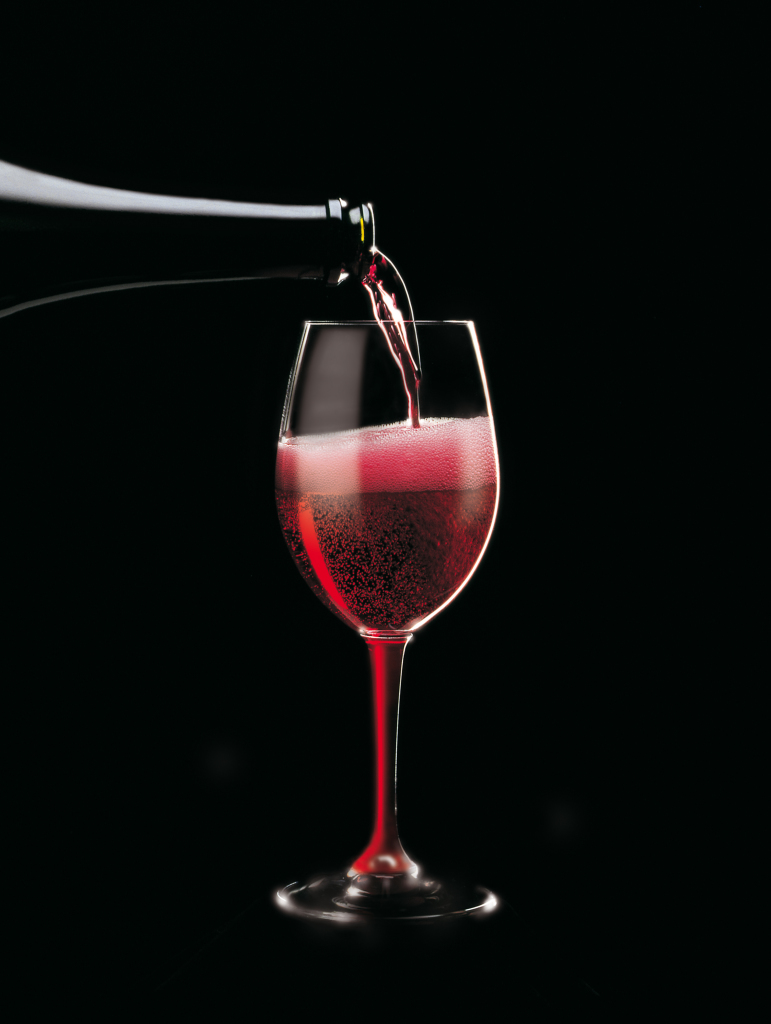 Thus, in the ‘50s, Mario Soldati, the famous Italian writer and film director, defined Lambrusco in his “Vino al vino”.
Thus, in the ‘50s, Mario Soldati, the famous Italian writer and film director, defined Lambrusco in his “Vino al vino”.
Lambrusco - the red wine that can be more or less sparkling, spumante or frizzante, distinguished by a brilliant ruby red color, and served from 12-14 °C in order to take full advantage of its distinctive fragrance and olfactory notes - was created in Modena and from there it has spread to be marketed in the rest of Italy and the world.
Modena and its Lambruscos
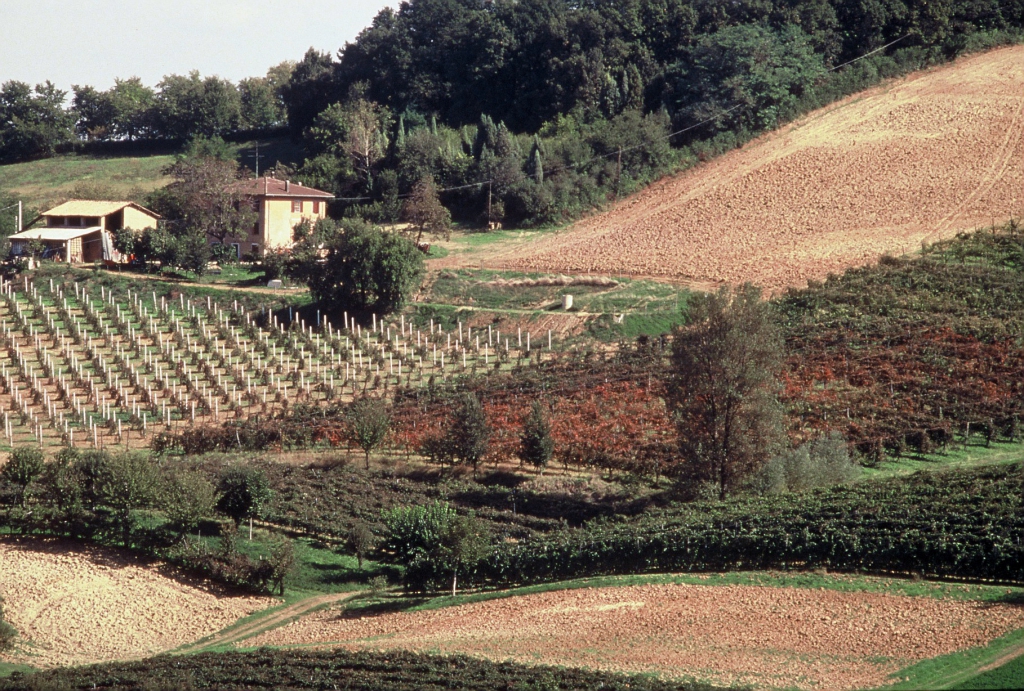 A number of various elements demonstrate the importance of Modena as a wine growing and producing region: the 8,000 hectares of vineyards; the oldest wine produced in the entire region of Emilia-Romagna; the presence of the oldest wine cooperative still operating in Italy; three wine cooperatives that have already celebrated one hundred years of operation since their founding; and, above all, the fact that wine growing and producing in Modena means DOP (Protected Designation of Origin) Lambruscos.
A number of various elements demonstrate the importance of Modena as a wine growing and producing region: the 8,000 hectares of vineyards; the oldest wine produced in the entire region of Emilia-Romagna; the presence of the oldest wine cooperative still operating in Italy; three wine cooperatives that have already celebrated one hundred years of operation since their founding; and, above all, the fact that wine growing and producing in Modena means DOP (Protected Designation of Origin) Lambruscos.
Lambrusco di Sorbara, Lambrusco Salamino di Santa Croce, Lambrusco Grasparossa di Castelvetro and Lambrusco di Modena: Modena is certainly the land of the DOP Lambruscos.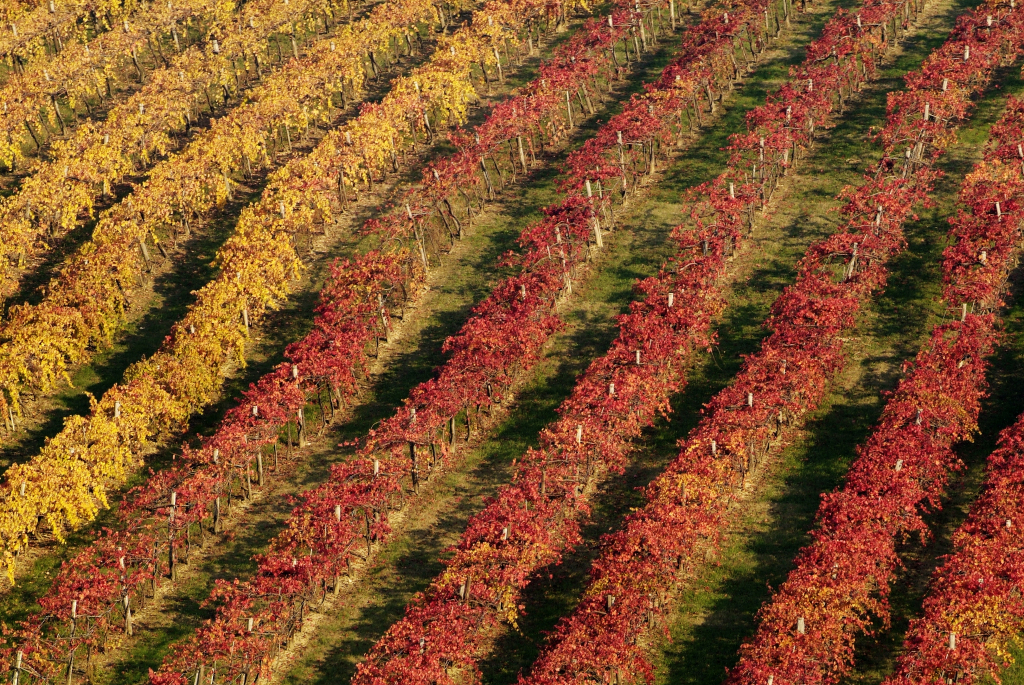
The family of Lambrusco DOP wines
Lambrusco di Sorbara Grape variety
It is made from a vine of the same name, Lambrusco di Sorbara, which is a native variety of remote origins. It grows in sparse, conical clusters bearing spherical fruits, the abundance of which varies from year to year (while the grapes retain the same size of a few millimeters). This is due to a flowering anomaly, that can give rise to a considerable loss of fruit. It has now been ascertained that the phenomenon, typical of Lambrusco di Sorbara, is caused, above all, by the sterility of the pollen. In some years, it has been known to bring about a drop of over 30% in the amount of grapes harvested for production.
But it is this peculiarity that makes it so outstanding, memorable and particularly admired. It stands alone among the range of Lambrusco wines and shares its qualified position with other noble vines cultivated in Italy and France.
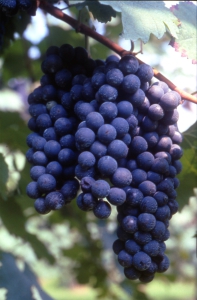 Production is always limited and, in some years, it is extremely hard to come by. But what is lacking in quantity is more than made up for in quality, always of the highest. To facilitate fertilization the Sorbara vine is cultivated with a percentage of Salamino Lambrusco, the vines growing side by side n the same vineyard.
Production is always limited and, in some years, it is extremely hard to come by. But what is lacking in quantity is more than made up for in quality, always of the highest. To facilitate fertilization the Sorbara vine is cultivated with a percentage of Salamino Lambrusco, the vines growing side by side n the same vineyard.
The traditional area of cultivation lies between the Secchia and Panaro rivers.
Ruby to garnet with a pinkish froth, it is the lightest in color of Modena’s four DOP Lambruscos. It has a fresh, pronounced, very fine scent, with a distinct hint of violets. Its taste is delicate, tangy and well-balanced, pleasantly acidulous and fruity due to its high acidity and rather unpronounced body (easy and delicious to drink when still young). Rather than a symphony or full-orchestral piece, it is better likened to a solo composition, but performed with such harmony and so refined in style, that the audience is held completely enthralled. Without doubt, it is the perfect match for the more substantial dishes of renowned Emilian cuisin.
Lambrusco Salamino di Santa Croce
This wine essentially comes from the Lambrusco Salamino grapevine. However, the production guidelines permit Lambrusco Salamino grapes to be cultivated alongside a small percentage of Lambrusco and Fortana vines, the latter being locally referred to as "Uva d’Oro" (golden grapes).
The Lambrusco Salamino vine is vigorous, ensuring a prolific and constant yield. Its grapes ripen in early October, having stored all the light and heat of the summer and autumn sunshine. Spring and summer pruning of the vines is performed in order to reduce the load of clusters borne by each root and guarantee that the sun’s rays reach every part of the cluster, ensuring a complete and uniform ripening.
The wine originates from the area around the town of Carpi, in the north-western sector of the Modena province, and from the adjacent flatlands in the north-east of the same province. In fact, Lambrusco Salamino di Santa Croce takes its name from a district of the Carpi municipality which, in ancient times, was the centre that distributed the wine throughout Modena and bordering provinces.
It has a deep ruby color and a purple-edged froth, reflecting the sheen of the wine itself. The scent is delicate, refreshing, persistent and fruity with a distinct vinous touch reminiscent of ripened grapes. Harmoniously scented, slightly acidic and refreshing in taste, it is of average but adequate body and moderate in alcohol content.
This wine is an easy, enjoyable drink, lively, straightforward an informal. It appeals to all palates and perfectly matches not only the typica pasta dishes of Emilia, but also any of its richer first courses, as well as roast meats, especially poultry, rabbit and pork.
Lambrusco Grasparossa di Castelvetro
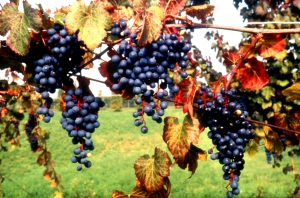 This wine is produced from the Lambrusco Grasparossa variety. Although not possessing great vigour, the vine is distinguished by a special characteristic: with the arrival of autumn, not only the leaves turn red, but also the stalk and pedicels.
This wine is produced from the Lambrusco Grasparossa variety. Although not possessing great vigour, the vine is distinguished by a special characteristic: with the arrival of autumn, not only the leaves turn red, but also the stalk and pedicels.
The relevant production rules permit the Lambrusco Grasparossa vine to be cultivated alongside a modest percentage of Lambrusco and Fortana ("Uva d’Oro") varieties. None the less the wine is essentially derived from the vine of the same name. Due to its lack of vigour, the Lambrusco Grasparossa vine is best cultivated in smaller vineyards, where it does well, even on rather poor soils, such as those on the lower slopes of the Modenese hills. It bears up well to climatic and other adversities, and matures fairly late, after waiting to capture the very last rays of autumn sunshine (years ago, harvesting went on well into November). The vine grows on the dry soils of the Modenese uplands and lower hillslopes, an area dotted with country mansions and ancient castles, where the Apennine chain, rising up to the peak of Monte Cimone, provides the cornice of an undulating landscape of rare beauty.
The wine is deep ruby in colour, with a violet sheen and a light froth with an edge of the same hue. The notable bouquet is fruity, fragrant and interesting, bringing to mind the aroma of the grape. Its keen, armonious flavour has delicious body, is well balanced in acidity and and slightly fruity, leaving a pleasant, somewhat bitter aftertaste. It makes an excellent aperitif and goes divinely with Modena’s typical pastries and desserts.
Lambrusco di Modena
Historical references to “Modena” or “di Modena” were commonly made as early as at least the middle of the nineteenth century thanks to the production method that consisted in the practice of making the wine from different kinds of grapes cultivated in the province of Modena. The wine obtained was called “Lambrusco di Modena” since Modena is the capital of the province where all the grapes are grown.
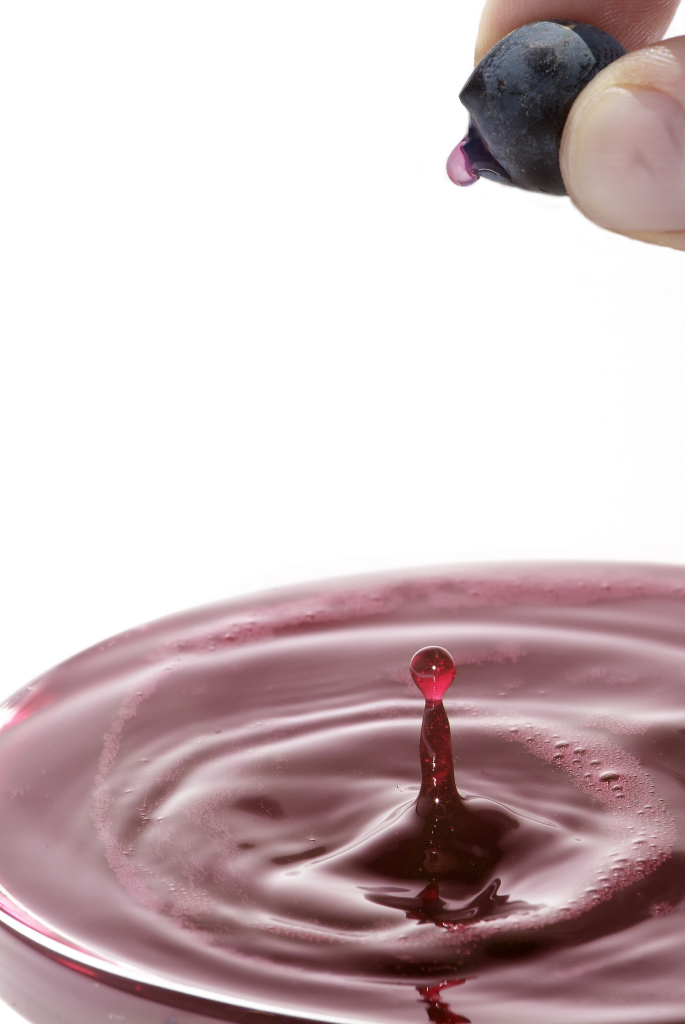 The primary business function of the Historic Brand Consortium of Modenese Lambruscos is the promotion and spreading of the DOP Lambruscos produced in the province of Modena. In order to demonstrate the authenticity of the product, the Consortium has selected the rose window of the Duomo of Modena as a trademark, a symbol of the town’s tradition, but also a guarantee of the product’s origin. The wineries belonging to the Consortium account for some 85% of the DOP Lambrusco production in the province of Modena.
The primary business function of the Historic Brand Consortium of Modenese Lambruscos is the promotion and spreading of the DOP Lambruscos produced in the province of Modena. In order to demonstrate the authenticity of the product, the Consortium has selected the rose window of the Duomo of Modena as a trademark, a symbol of the town’s tradition, but also a guarantee of the product’s origin. The wineries belonging to the Consortium account for some 85% of the DOP Lambrusco production in the province of Modena.
By way of guaranteeing quality, each year the Consortium controls test lots of DOP Lambruscos, to the tune of some 23 million bottles, by means of rigorous analytic operations. A specially set up technical committee carries out organolectic tests on anonymous samples taken from consortium members; before these wines are ever tasted they are subjected to severe scientific analyses. Based on the results of these tests the wines are assigned a numerical grade which indicates whether or not they are worthy of proudly flourishing the consortium’s trademark or seal.
Photos provided by the Consortium for the Historic Mark of Modenese Lambrusco
